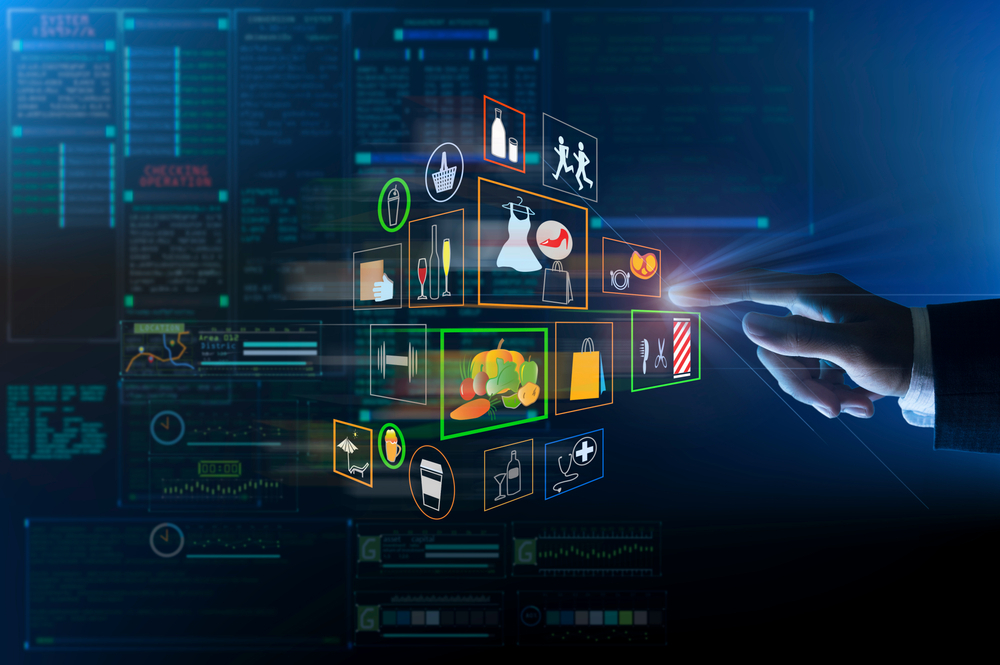In 2025, consumer behavior has evolved dramatically, influenced by technological advancements, economic shifts, and changing societal values. Startups aiming to thrive in this dynamic landscape must understand and adapt to these emerging trends.
1. The AI-Powered Personalization Revolution
Behavior Shift:
Consumers now expect personalized experiences tailored to their preferences.
- 91% of consumers are more likely to shop with brands that provide personalized experiences.
- 80% of businesses report increased consumer spending (averaging 38% more) when their experiences are personalized.
Why Now:
Advancements in AI and machine learning have made it feasible to analyze vast amounts of consumer data, enabling real-time personalization.
Technology:
- AI-powered recommendation engines can drive up to 35% of total eCommerce revenues.
- AI-powered personalization improves conversion rates by 202%.
Who’s Doing It:
- Philips implemented website personalization, resulting in a 40.11% increase in conversion rates and a 35% higher average order value.
Startup Strategy:
Integrate AI tools to analyze customer behavior and preferences, delivering personalized product recommendations, dynamic pricing, and tailored content to enhance customer engagement and satisfaction.
2. The Rise of Conscious Consumerism
Behavior Shift:
Sustainability and ethical practices have moved from niche concerns to mainstream expectations.
- 78% of consumers feel that sustainability is important.
- 55% of consumers are willing to pay more for eco-friendly brands.
Why Now:
Increased awareness of environmental issues and social responsibility has influenced consumer preferences.
Technology:
Brands are utilizing digital platforms to showcase their sustainability efforts, including carbon labeling and eco-friendly certifications.
Who’s Doing It:
Companies offering carbon-labeled products, such as those with Climate Neutral Certification, have seen sales double in one year, reaching over $3.4 billion.
Startup Strategy:
Embrace sustainable practices and transparent communication to resonate with environmentally conscious consumers. Highlight eco-friendly initiatives and certifications to build trust and loyalty.
3. Economic Pressures and Value-Driven Purchasing
Behavior Shift:
Economic uncertainties have made consumers more value-conscious, seeking quality products at reasonable prices.
- 66% of consumers sought discounts, coupons, and private label alternatives to stretch their budgets.
- In April 2025, U.S. consumer confidence plunged to its lowest point since May 2020, signaling a possible upcoming recession.
Why Now:
Ongoing trade tensions and tariffs have stoked recession fears, influencing consumer spending habits.
Technology:
AI-driven dynamic pricing and personalized promotions help brands offer value without compromising margins.
Who’s Doing It:
Secondhand platforms like Poshmark, Depop, and eBay have seen a surge in traffic, with Depop experiencing a 68% rise in downloads, as consumers turn to thrift shopping amid price hikes on new items.
Startup Strategy:
Offer competitive pricing, flexible payment options, and value-driven products to attract and retain budget-conscious consumers. Consider incorporating secondhand or refurbished products into your offerings.
4. The Creator Economy and Social Commerce
Behavior Shift:
Consumers increasingly rely on influencers and social media platforms for product discovery and purchasing decisions.
- Over 80% of consumers research brands on Instagram, TikTok, and similar platforms before making a purchase.
- Nearly 70% have made purchases directly through social channels.
Why Now:
The rise of authentic, relatable content from influencers has reshaped consumer trust and engagement.
Technology:
Platforms like TikTok, Instagram, and affiliate marketing tools enable seamless integration of content and commerce.
Who’s Doing It:
The creator economy has evolved into a $500 billion industry, with over 50 million global influencers.
Startup Strategy:
Collaborate with authentic influencers and leverage social commerce platforms to reach and engage target audiences effectively. Utilize affiliate marketing to track ROI and build strong brand relationships.
5. The Kidult Phenomenon and Emotional Purchasing
Behavior Shift:
Adults are increasingly purchasing toys and collectibles for personal enjoyment, driven by nostalgia and emotional connection.
- Toys like Labubu, Jellycat, and Crybaby have surged in popularity among adults, becoming fashion accessories and collector’s items.
Why Now:
Economic uncertainties and the desire for comfort have led consumers to seek products that provide emotional satisfaction.
Technology:
Social media platforms amplify trends, allowing products to go viral and reach wider audiences quickly.
Who’s Doing It:
Brands capitalizing on the “ugly-cute” aesthetic and nostalgia are experiencing increased demand and community engagement.
Startup Strategy:
Tap into nostalgia and emotional connections by offering products that provide comfort and escapism. Leverage social media to create communities around your products and encourage user-generated content.
6. Hyper-Personalization and Ethical Data Use
Behavior Shift:
Consumers expect personalized experiences but are increasingly concerned about data privacy and ethical use.
- 63% of consumers will stop buying from brands that use poor personalization tactics.
- 70% of consumers distrust AI-driven decisions, emphasizing the need for transparency.
Why Now:
The proliferation of AI in marketing has raised concerns about data collection and algorithmic bias.
Technology:
AI tools enable hyper-personalization but must be implemented with transparency and fairness to maintain consumer trust.
Who’s Doing It:
Companies like Lenovo have used AI-driven push notifications to reduce cart abandonment rates by more than 10%, demonstrating effective personalization.
Startup Strategy:
Utilize AI responsibly to offer hyper-personalized interactions, ensuring transparency and ethical data usage to build trust. Regularly audit AI systems for biases and incorporate consumer feedback in AI development.
7. Sensory Branding and Immersive Experiences
Behavior Shift:
Consumers seek immersive, multi-sensory experiences that create emotional connections with brands.
Why Now:
As digital interactions dominate, brands differentiate themselves through engaging sensory experiences.
Technology:
Advancements in AR, VR, and haptic technology enable brands to create immersive experiences that appeal to multiple senses.
Who’s Doing It:
Brands are utilizing sight, sound, smell, touch, and taste to create immersive experiences that resonate with consumers on a deeper level.
Startup Strategy:
Incorporate sensory elements into branding and product design to forge stronger emotional connections with consumers. Utilize AR and VR to create immersive experiences that differentiate your brand in the digital landscape.
Final Thoughts
The consumer landscape in 2025 is characterized by technological integration, ethical considerations, economic consciousness, and a desire for personalized, immersive experiences. Startups that understand and adapt to these evolving behaviors will be well-positioned to thrive in this dynamic environment.


